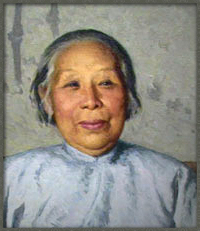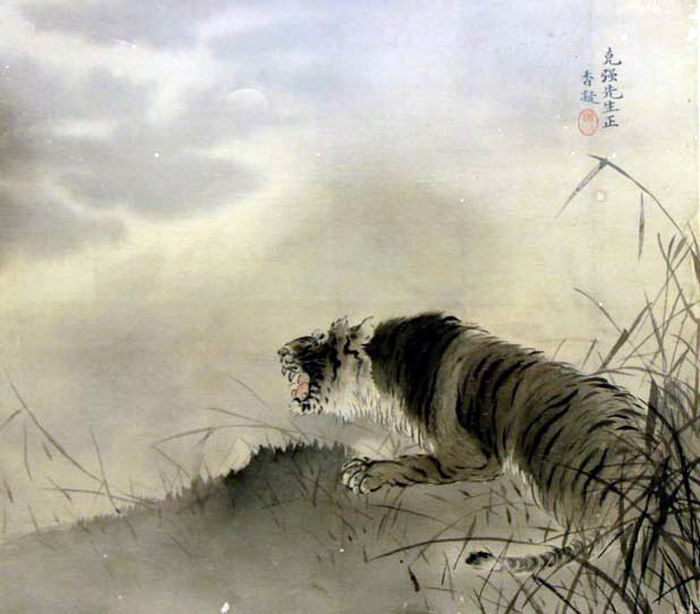|

He Xiangning was a renowned
artist-turned-social activist and national leader.
Born in Hong Kong in 1879, He was married to Liao Zhongkai, a senior
statesman of the Kuomintang, in Guangzhou in 1897.
In 1902, He sold her dowries to support her husband to study in Japan.
In 1903, He followed her husband to Japan, becoming one of the earliest
female Chinese students studying abroad.

During her stay in Japan, He got to know
Dr. Sun Yat-sen, and started to devote herself to the revolutionary
movement.
In 1905, she participated in the establishment of the Chinese
Revolutionary League, working as a liaison officer.
In 1909, she was admitted into the Hongo Women's School of Fine Arts in
Tokyo to study landscape and flower painting, and then continued to
study animal painting under the Japanese royal artist Raiaki Tanaka.
Throughout her life, He enjoyed using her paintings of plum blossoms,
pine trees, lions, tigers and landscapes to convey her political views.
When the Revolution of 1911 broke out, He moved back to Guangzhou with
her husband. After returning to China, she came under the influence of
the Lingnan School of Painting, one of the modern schools of Chinese
brush painting, led by renowned artists Chen Shuren and Gao Jianfu.
In her later works, her earlier Japanese painting influence began to be
replaced by more traditional Chinese forms.
Around 1924, He and Liao assisted Sun Yat-sen in reorganizing the
Kuomintang, and urged the party to cooperate with the Communist Party of
China (CPC).
After her husband was assassinated in 1925, He continued to fight
against the Kuomintang's right-wing leaders.
During the eight-year War of Resistance Against Japanese Aggression from
1937 through 1945, He endeavored to fight against the Kuomintang's
dictatorship and infighting, and actively participated in anti-Japanese
movements.
In 1948, by uniting the Kuomintang's right-wing leaders, He organized
the Kuomintang Revolutionary Committee to answer the CPC's call to hold
the new political consultative conference.
After the People's Republic of China was founded in 1949, He was
appointed vice chairwoman of the National Committee of the Chinese
People's Political Consultative Conference and vice chairperson of the
Standing Committee of the National People's Congress.
In 1960, He was elected chairperson of the Chinese Artists Association.
She died in Beijing in 1972.
|